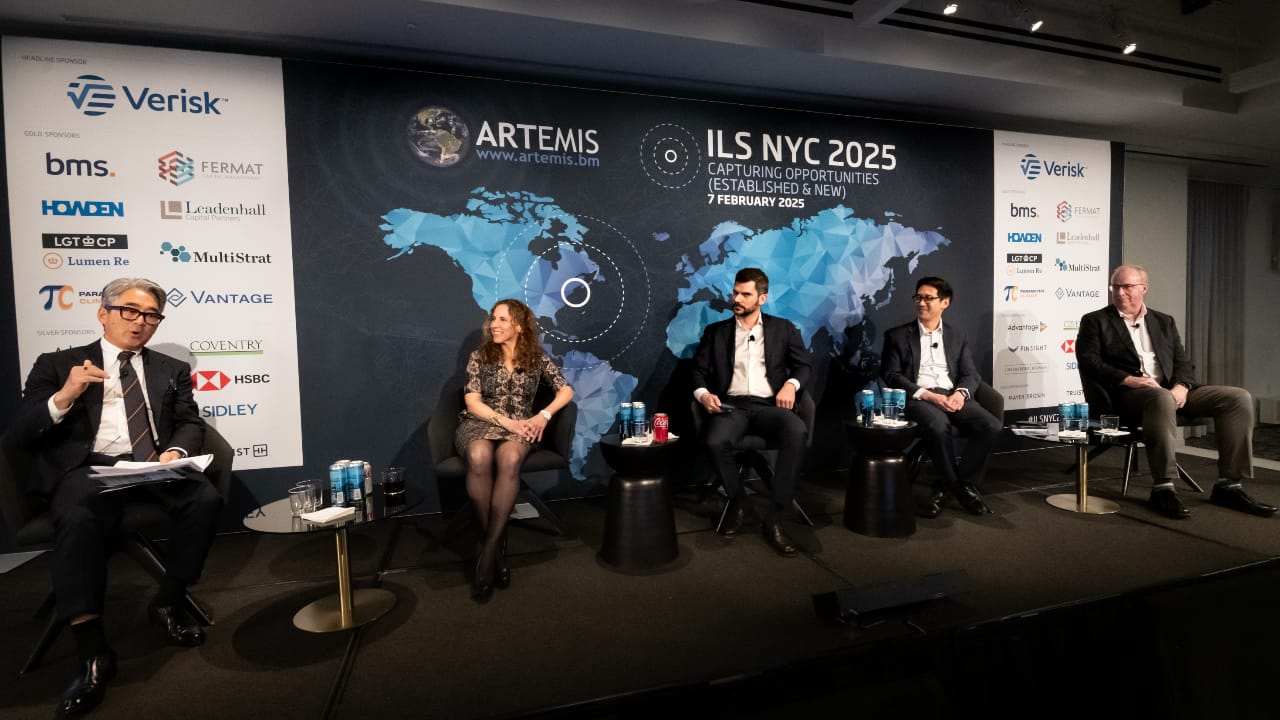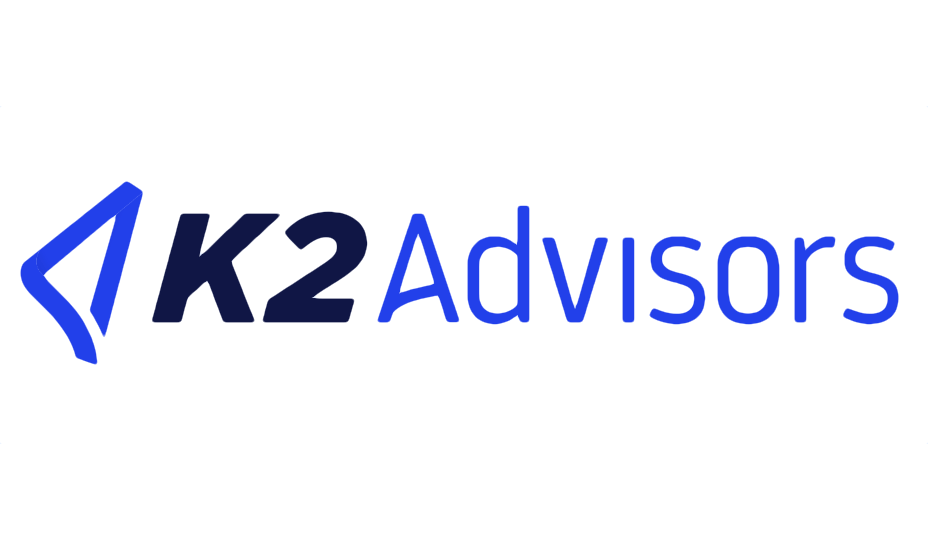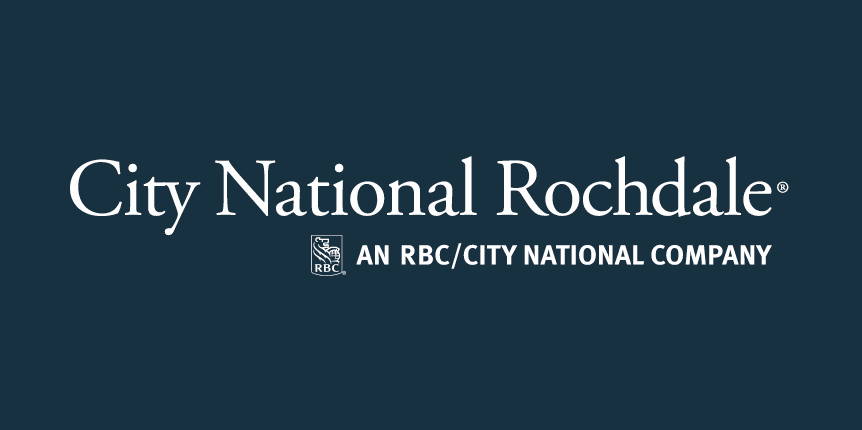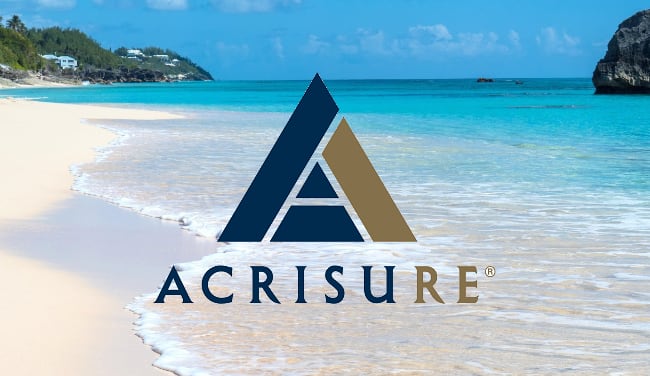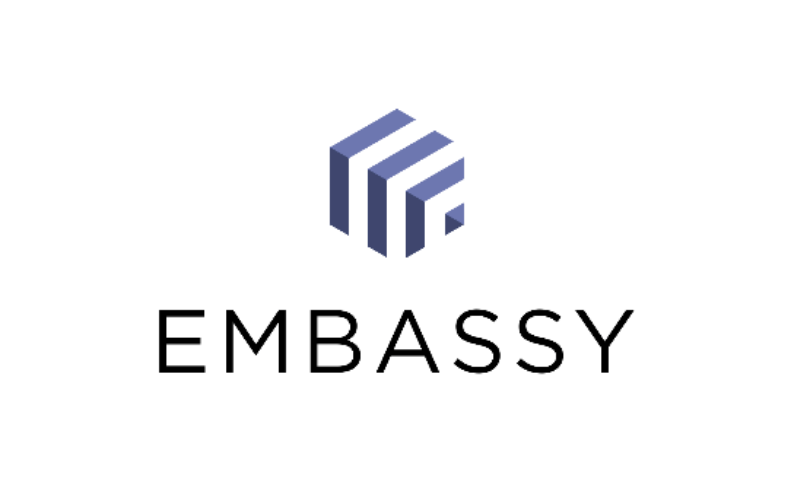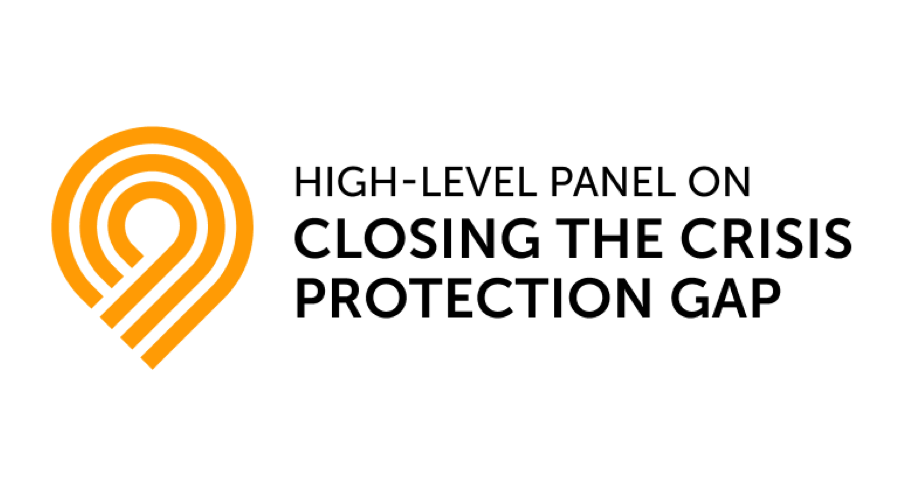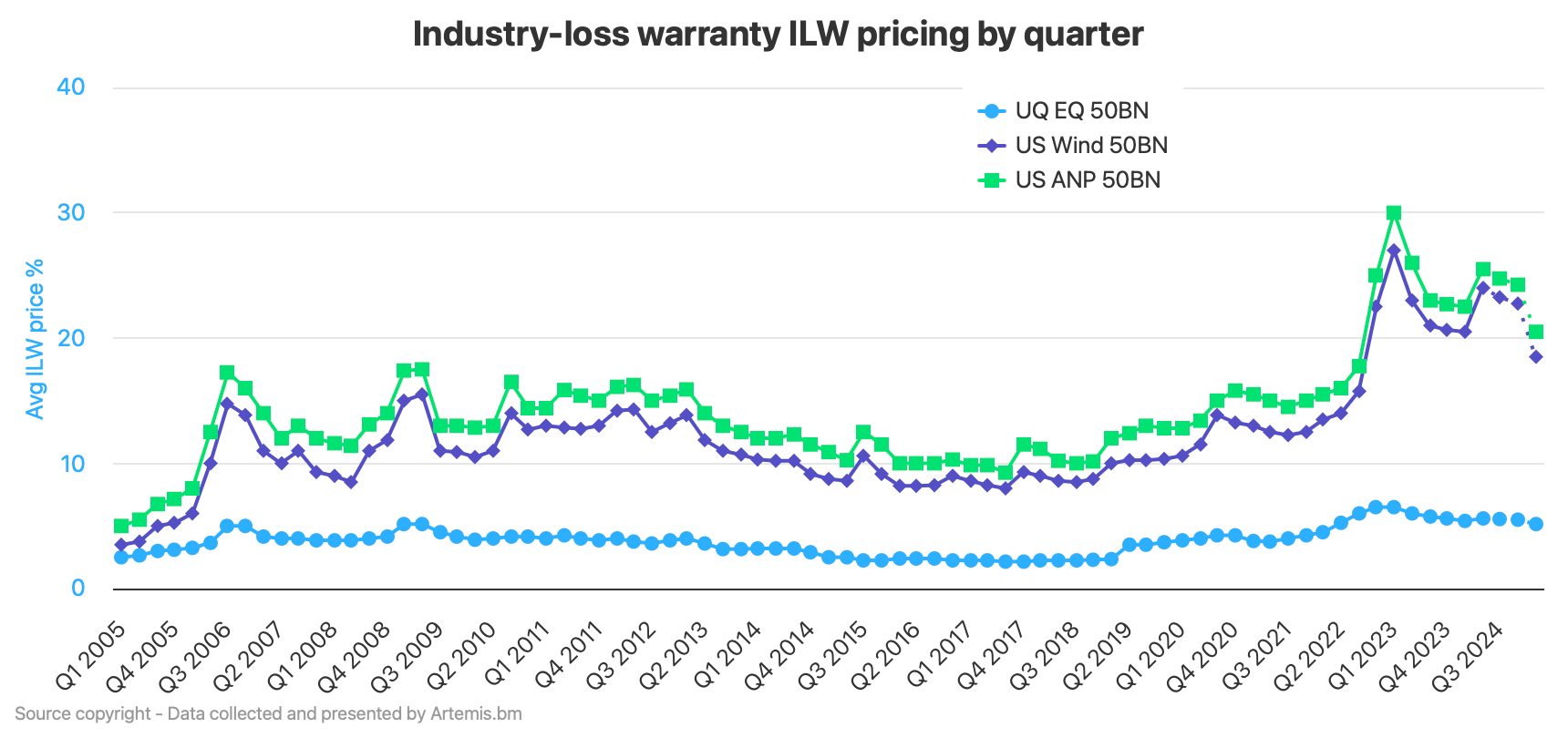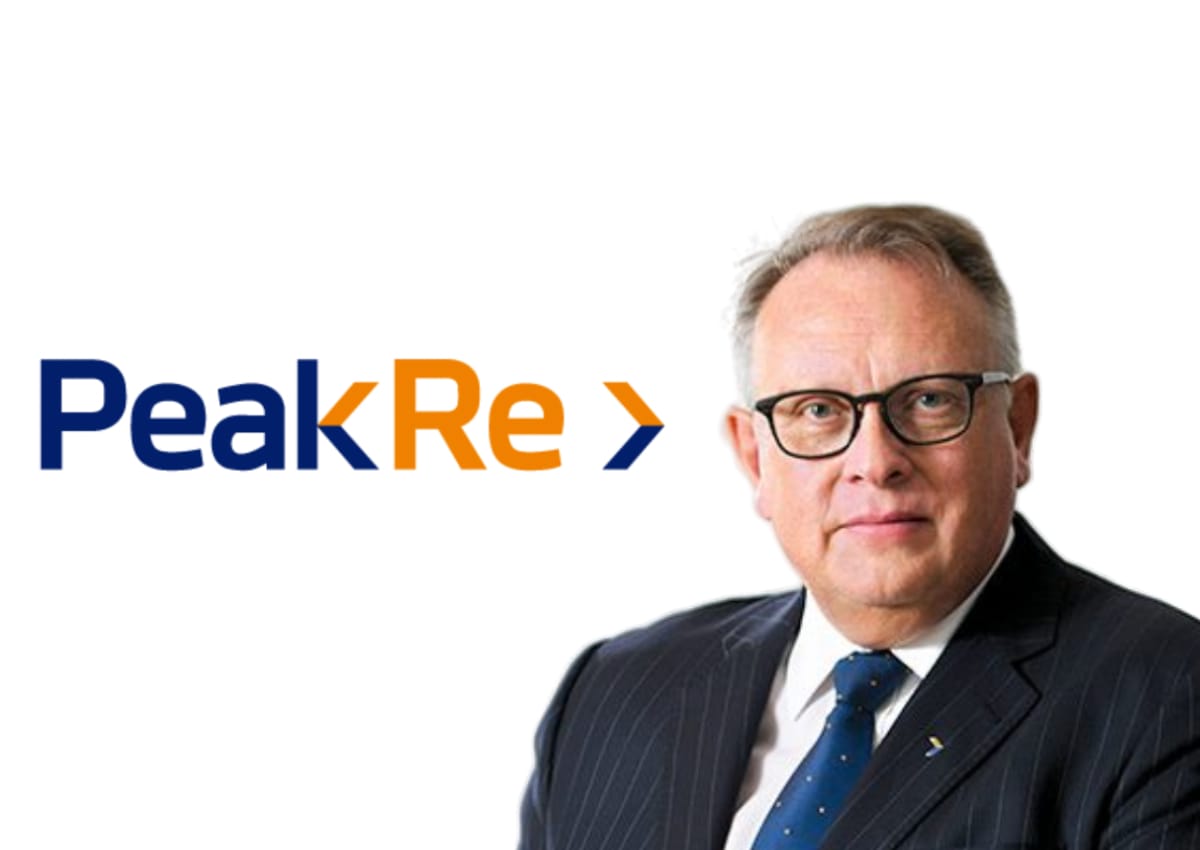
This content is copyright to www.artemis.bm and should not appear anywhere else, or an infringement has occurred.
Following the successful completion of its second catastrophe bond, the $50 million Black Kite Re Limited (Series 2025-1), Franz-Josef Hahn, CEO of reinsurer Peak Re, told us the issuance showcases the “tremendous potential” that insurance-linked-securities (ILS) solutions can play in narrowing protection gaps across Asia.
 The Hong Kong headquartered global reinsurer returned to the catastrophe bond market in April, initially aiming to secure $50 million or more in retrocessional reinsurance from this Black Kite Re 2025-1 deal.
The Hong Kong headquartered global reinsurer returned to the catastrophe bond market in April, initially aiming to secure $50 million or more in retrocessional reinsurance from this Black Kite Re 2025-1 deal.
In late April, we reported that Peak Re had managed to successfully secure the targeted $50 million size, while the pricing of the notes were finalised at the upper-end of the initial guidance.
Issued via Hong Kong-based special purpose insurer (SPI), Black Kite Re, Peak Re’s latest cat bond builds on the success of the company’s debut cat bond from 2022, and according to Hahn, deepens the firm’s ability to “pioneer innovative risk transfer solutions for the Asia-Pacific region.”
The $50 million Black Kite Re 2025-1 issuance covers Japanese earthquake and typhoon risks on an industry loss trigger and per-occurrence basis for Peak Re, as well as the additional cover for Chinese and Indian earthquake risks on a parametric basis, all across a three-year period from issuance in late April.
“This latest transaction reflects our commitment to meeting the evolving needs of cedants and creating value for investors by introducing new risks and structures tailored to the region’s unique challenges. It represents another step forward in our mission to strengthen resilience for our clients and their communities,” Hahn explained.
He continued: “Our primary motivation for this issuance was support our growth ambitions in key markets. In addition, we expect Black Kite 2025-1 to help our regulatory solvency requirements under Hong Kong’s Risk Based Capital regime. By securing collateralized retrocession capacity, Peak Re enhances its balance sheet resilience and ensures long-term sustainability.”
Hahn also highlighted how Black Kite Re 2025-1 introduces new perils, particularly the first-ever use of Indian earthquake risk in a 144A cat bond format, marking a significant step that expands opportunities for both issuers and investors.
“This issuance underscores our focus on developing markets, particularly in Asia and its emerging markets, where Peak Re is based and protection gaps persist despite increasing catastrophe exposures,” Hahn added.
Sascha Bruns, Head of Global Retrocession at Peak Re, highlighted the importance of the deal’s geographic breadth: “The inclusion of Indian earthquake risk in a 144A catastrophe bond is a market first, reflecting our deep understanding of the region’s risks and our confidence in the underlying data. By combining developed markets like Japan with emerging markets such as India and China, Black Kite Re II offers a unique diversification opportunity for investors.”
As mentioned, the inclusion of Indian earthquake risk in a 144A catastrophe bond is a first for the market, representing a major development in expanding risk transfer solutions across Asia.
Bruns also went on to explain that in order to ensure transparency and swift payouts in regions where data quality has seen meaningful progress, Peak Re opted for parametric triggers for both Indian and Chinese earthquake risks.
Bruns noted that this structure underscores Peak Re’s capacity to bring untapped risks to the global ILS market, helping to address persistent protection gaps in underinsured areas of Asia.
For the Japanese exposures, typhoon and earthquake, Bruns explained that the cat bond uses industry loss triggers, which offer broad coverage, including for secondary effects such as heavy rainfall, tsunamis, and fire-following events.
While for India and China, parametric triggers were selected based on Peak Re’s confidence in its understanding of local seismic risk.
Another key factor to highlight is that this Black Kite Re Limited (Series 2025-1) deal marks the first reuse of a Hong Kong SPI structure, a move designed to enhance operational efficiency and strengthen Hong Kong’s position as a regional hub for ILS activity.
“Black Kite Re II reflects Peak Re’s commitment to innovation in the catastrophe bond market. By being the first reuse of a Hong Kong SPI and in combining multiple perils and territories, we’ve created a structure that balances security, efficiency, and diversification,” said Iain Reynolds, Head of Third-Party Capital at Peak Re.
He added: “This issuance reinforces Hong Kong’s position as a growing ILS hub and demonstrates Peak Re’s ability to deliver tailored solutions to investors that ultimately help us serve our cedants.”
In addition, Reynolds states that Black Kite Re II underscores Hong Kong’s growing position as a competitive centre for ILS activity.
Reynolds also credited the Hong Kong Insurance Authority’s support for facilitating a smooth issuance process and helping advance the development of new structures in the cat bond market.
Furthermore, Hahn added that the transaction reflects the growing maturity of Asia’s ILS sector and its capacity to narrow protection gaps.
“Black Kite Re II showcases the tremendous potential of ILS solutions in narrowing protection gaps across Asia. By integrating developed and emerging markets, we’ve created a diversifier that supports the long-term growth of the region’s insurance and reinsurance sectors. This issuance also demonstrates the increasing maturity of Hong Kong’s ILS market, which we believe will continue to play a key role in driving innovation globally.”
He concludes: “Black Kite Re II is not only a testament to Peak Re’s innovative approach but also a significant milestone for the global ILS market. Its introduction of Indian earthquake risk, multi-territory coverage, and the reuse of a Hong Kong SPI highlight the evolution of catastrophe risk securitization in Asia.”
As a reminder, you can read all about this Black Kite Re Limited (Series 2025-1) catastrophe bond from Peak Re, as well as every other cat bond transaction in our extensive Artemis Deal Directory.
Black Kite Re II shows ILS can narrow Asia’s protection gap: Peak Re CEO was published by: www.Artemis.bm
Our catastrophe bond deal directory
Sign up for our free weekly email newsletter here.
